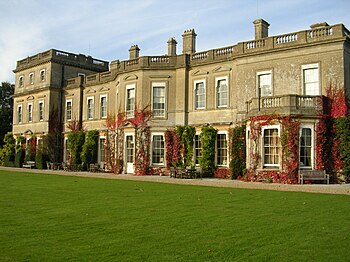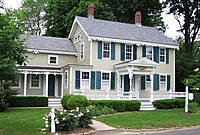Cimahi is one of the cities in West Java which
is located between the districts
of Bandung and West
Bandung regency. Previously,
Cimahi city is a part
of the district of
Bandung which is then set as the
administrative town in the year 1976.
Have you ever visited Cimahi? Who have never
visited please visit
once in a while. There you can stop by the tourist
place in well-known, namely Alam Wisata Cimahi.
For those of you who like to invest, you have the opportunity to invest in the property area, stop into Luxury Housing across the AWC, The Housing name is The Orchard Residence. This Luxury housing is just beginning to be marketed in August 2014, just few people know about the existence of this Cimahi Luxury Housing. Progress of cut and fill has been completed and published as of this writing, has finished compacting the road.
With the current condition of the density of the road, you can bring your vehicle goes into this residential location to the ends of the highest plots. Houses to be built on this estate are all two-floors building with the size of 65 meters, 75 meters and 80 meters, with a land area ranging from 120 meters to 140 meters. Number of houses only 52 units, strategic positions and a nice still many to choose from.
The price is quite competitive compared with residential housing surounding Cimahi city that started earlier. Even starting September 15th, will be launched very spectacular and fantastic Promo, namely “50 Juta Dapat Rumah Mewah”. So, if you need the detail of information about this Campaign, please contact the Marketing Office now at 022-61-333-444.
For those of you who like to invest, you have the opportunity to invest in the property area, stop into Luxury Housing across the AWC, The Housing name is The Orchard Residence. This Luxury housing is just beginning to be marketed in August 2014, just few people know about the existence of this Cimahi Luxury Housing. Progress of cut and fill has been completed and published as of this writing, has finished compacting the road.
With the current condition of the density of the road, you can bring your vehicle goes into this residential location to the ends of the highest plots. Houses to be built on this estate are all two-floors building with the size of 65 meters, 75 meters and 80 meters, with a land area ranging from 120 meters to 140 meters. Number of houses only 52 units, strategic positions and a nice still many to choose from.
The price is quite competitive compared with residential housing surounding Cimahi city that started earlier. Even starting September 15th, will be launched very spectacular and fantastic Promo, namely “50 Juta Dapat Rumah Mewah”. So, if you need the detail of information about this Campaign, please contact the Marketing Office now at 022-61-333-444.



